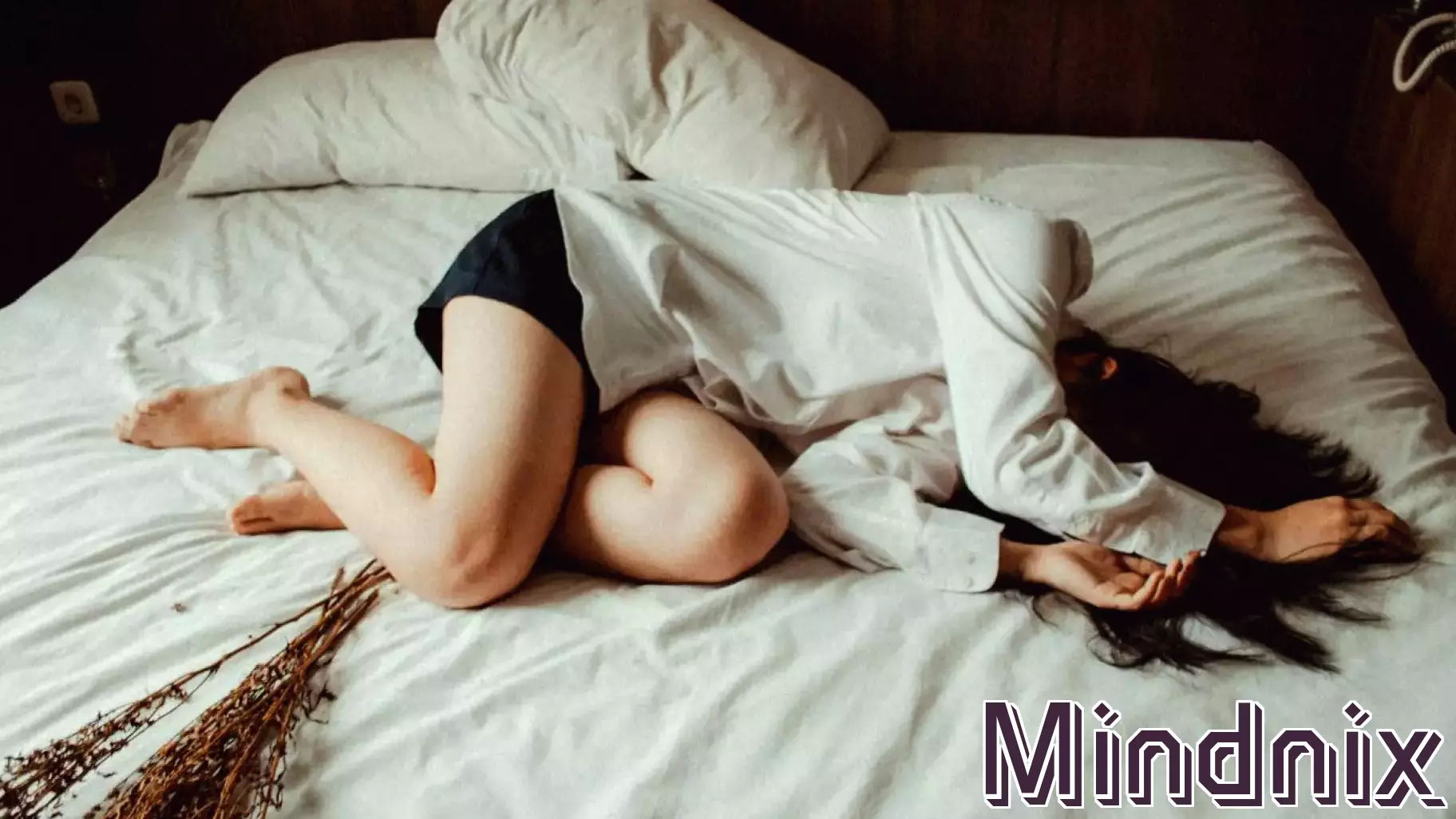December 20, 2024 - 07:42

Seasonal Affective Disorder (SAD) is not merely a case of feeling low when the skies are gray; it is a recognized mental health condition that significantly affects daily life and overall functioning. Those who suffer from SAD often experience symptoms such as persistent sadness, fatigue, changes in sleep patterns, and difficulty concentrating as the seasons shift, particularly during the fall and winter months.
Coping with SAD can be a daunting task, but there are effective strategies to alleviate its impact. Light therapy is one of the most common treatments, involving exposure to bright artificial light that mimics natural sunlight. This can help regulate the body's circadian rhythms, which are often disrupted in individuals with SAD.
Additionally, engaging in regular physical activity and maintaining a healthy diet can also contribute positively to mood stabilization. Support from mental health professionals, including counseling or therapy, can provide valuable tools and coping mechanisms for those struggling with this condition. Understanding and addressing SAD is crucial for improving quality of life during the darker months of the year.



